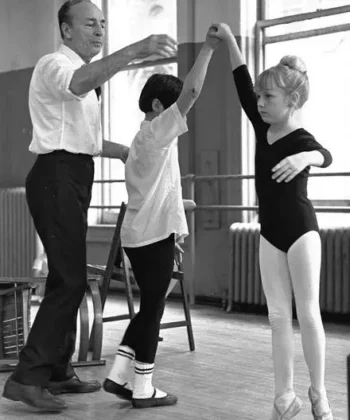“The key to life is finding a purpose,” says Reverend Al Sharpton. “I’m living for an overarching purpose that’s not based on the seasons in life, but based on what I feel is my reason for being on earth: social justice and standing up for human rights. It’s something I focus on in meditation every morning.”
Sharpton discovered his life’s purpose 22 years ago, after he was already in the public eye. He was in Bensonhurst, Brooklyn, preparing to lead a protest over the racially motivated murder of a black teenager, when he was stabbed in the chest by an attacker. “When you have a brush with what could potentially be mortality, it focuses you,” he says. “As I lay there in the hospital I thought, ‘What am I here for? What do I ultimately want my legacy to be about?’ It was a defining point for me.”
The Reverend’s handwriting for the quote he coined himself mirrors his passionate, often polarizing attitude, according to graphologist Annette Poizner. “The strokes are thick and bold. That’s a strong-willed individual with a strong message. He says things with great emphasis,” she explains.
In his forthcoming book, The Rejected Stone, due out October 8, Sharpton explores his evolution, which has seen him move seamlessly from civil rights activist to cable news presence to one-time presidential candidate.
It’s no surprise then that the 59-year-old is both an author and a speaker—he blends print and script in his writing, which indicates he’s a communicator, says Poizner. She also points out that the S in Sharpton’s signature creates a figure eight formation.
“It’s a simplified, stripped-down way to make a letter. It shows above-average intelligence. He sees through to the essential issues, retaining what’s important and discarding anything extraneous,” she says.
Sharpton’s the first to admit he’s far from perfect. “I’m clear in what my goal is,” he says. “But the way in which I achieve it is always a work in progress.”
See his handwriting disected, below:

“Live for a reason, not just for a season. Keep your life’s purpose in mind at all times.”
1.
“Sometimes he dots his i’s, but often he doesn’t. He sets his own standards—a non-conformist!”
2.
“He deviates dramatically from the standard structural form of the letter r. It shows a sense of defiance. He makes his own rules.”
3.
“The way he connects these three letters is an example of ‘simplification.’ Simplification shows a fluid, economical connection.”
4.
“Large-size writing typically belongs to someone who enjoys being the center of attention—a bit of a performer or extrovert.”
5.
“He’s using a marker, which makes for a writing trail that’s darker, more pronounced, more emphatic. This writer is a force to be reckoned with.”
6.
“Despite commonly accepted rules of grammar, he sprinkles capital letters throughout his words. This is an expression of rebellion.”
7.
“Rather than the traditional e, his is a Greek letter. People who use that particular letter formation have a sensitivity to the arts and an interest in cultural expression.”
MORE:
Courtney Love on Beautiful Women
Stephen King on Why Men Marry









































